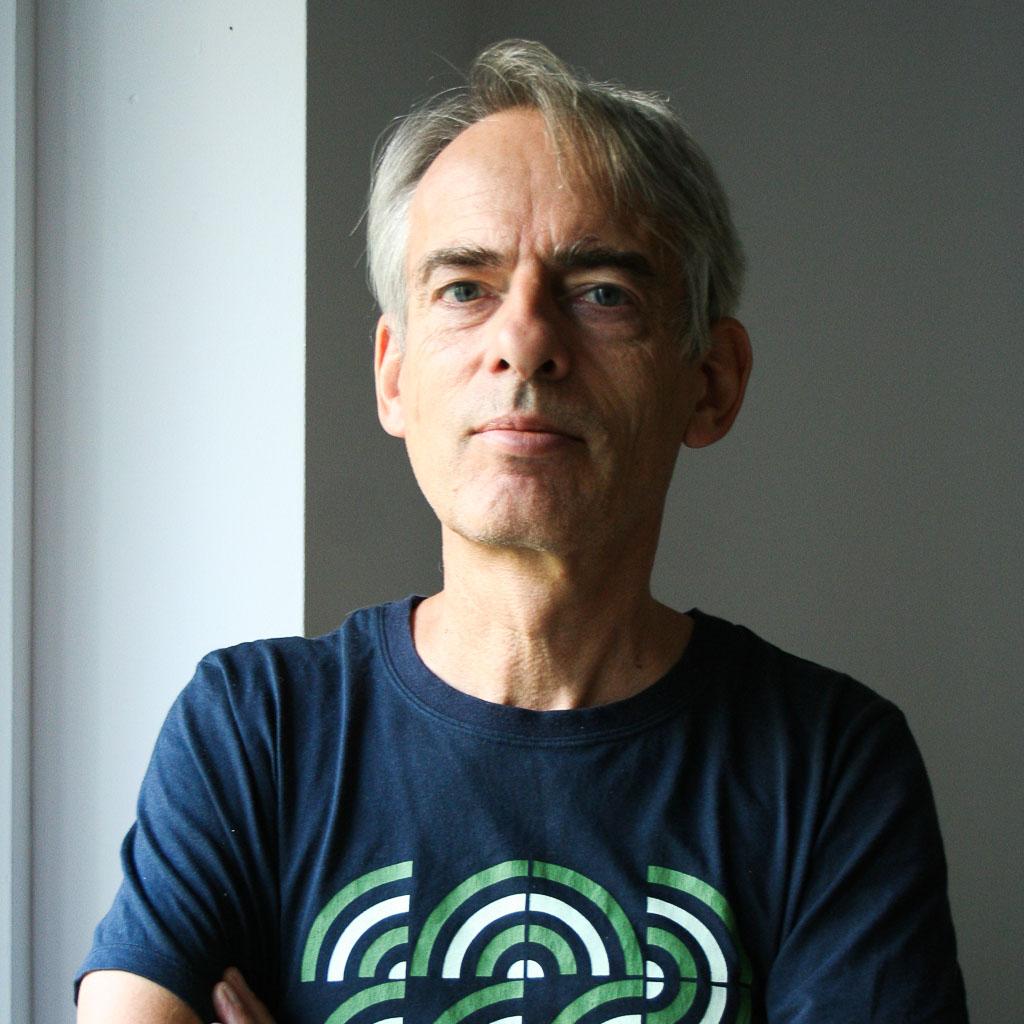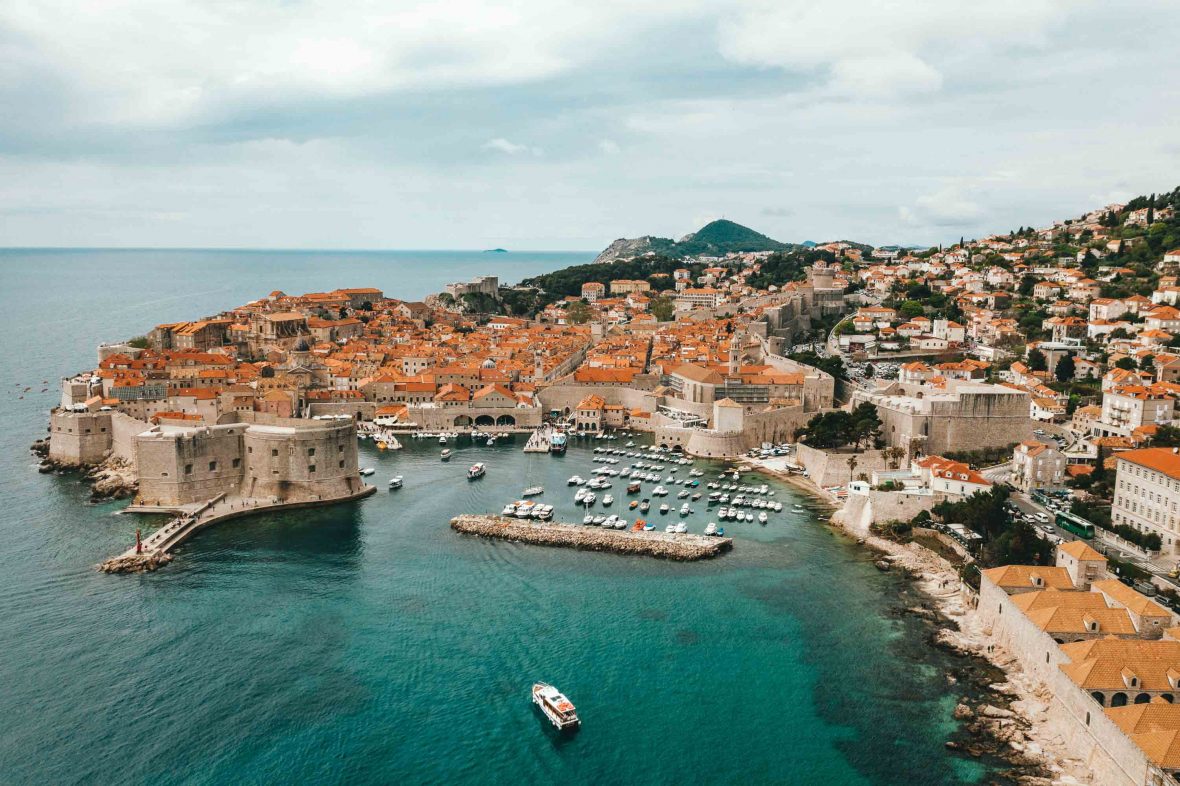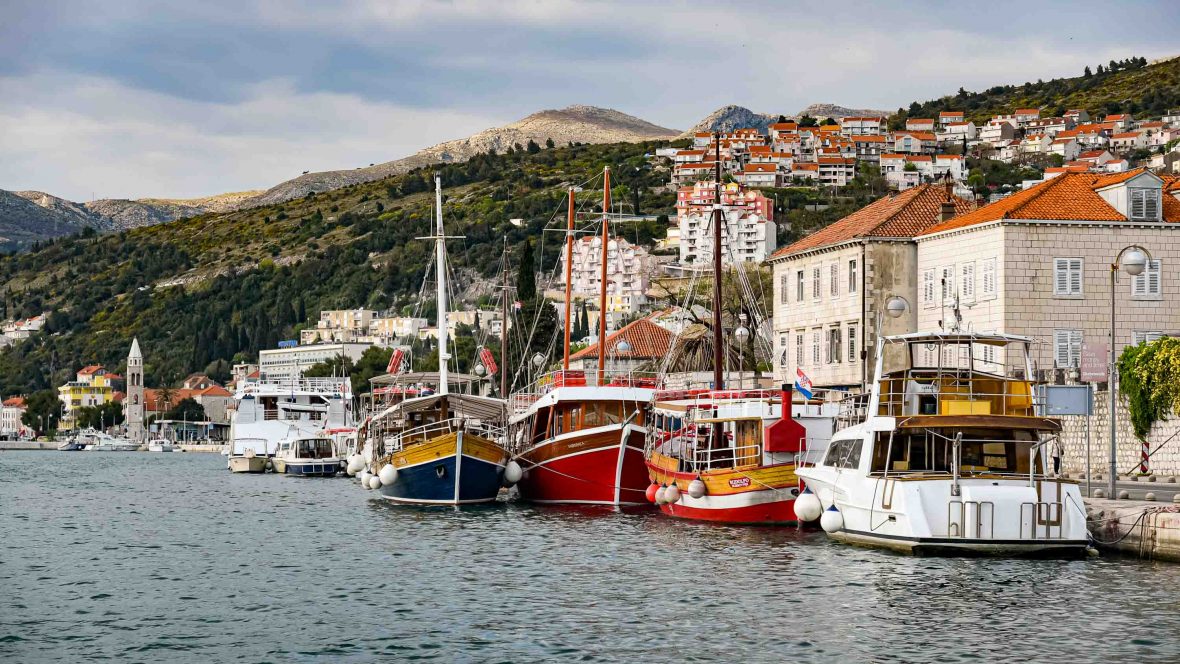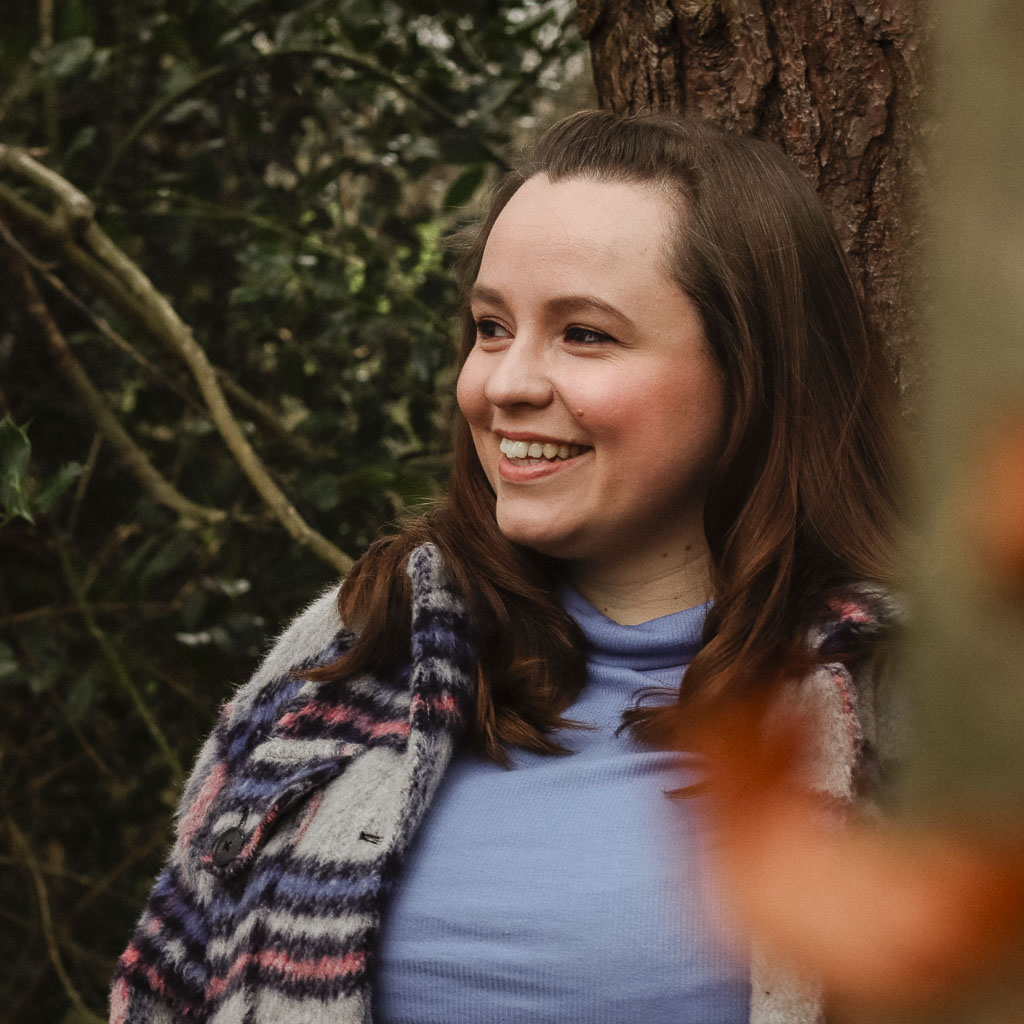
Overtourism in Dubrovnik has long been a problem—but what about the locally-led counter-initiatives? Croatia-based writer Jonathan Bousfield talks to the local people who are going all-out to preserve the city’s identity and community spirit.


Overtourism in Dubrovnik has long been a problem—but what about the locally-led counter-initiatives? Croatia-based writer Jonathan Bousfield talks to the local people who are going all-out to preserve the city’s identity and community spirit.
“It’s the first time I’ve had that revolutionary feeling that we’re doing things together,” says Dubrovnik musician Ivan Jakić, as he and colleagues Ivica Glunčić and Nino Glavinić show me round the TUP complex, a community cultural hub housed in a former graphite factory in Dubrovnik’s portside suburb of Gruž.
Jakić and fellow activists are particularly proud of the recording studio that fills a former storeroom. “It’s actually the only space in the city where you could record a big band,” Jakić tells me. “Most of the other studios in town are in converted garages.”
Situated four kilometers west of Dubrovnik’s famously photogenic Old Town, Gruž has become something of a buzzword over the last few years. It’s the last bastion of an ‘authentic’ urban Dubrovnik increasingly squeezed into the background by the homogenizing forces of mass tourism.
Indeed, the Dubrovnik Tourist Board, aware that cramming the Old Town full of visitors is not a sustainable strategy either for Dubrovnik as a town or for tourism as an industry, has taken Gruž under its wing. This summer sees the second edition of Summer in Gruž (Ljeto u Gružu), a season-long festival that brings music and entertainment to the suburb’s open spaces, and is intended as much for a local audience as it is for foreign visitors (a novel idea for a tourism board).

It’s a festival in which the TUP factory is a key partner. As well as offering recording facilities to local bands, the hub also has a museum, nightclub, ceramics workshop, print shop and a yoga and fitness studio—as well as providing a home to various community initiatives. The complex was purchased by Dubrovnik City Council in March 2022, increasing hopes that the TUP project becomes a long-term fixture.
It was announced in mid-July that a council-sponsored project for the revitalization of the TUP factory has been selected as one of the 20 best applications in the EU’s ‘New European Bauhaus initiative’ (a project specifically designed to promote sustainable cultures and communities). This cements its place as a prime candidate for future EU funding.
No less serious, however, is the dramatic effect tourism can have on a city’s cultural ecology, gradually eroding the foundations on which a local arts scene is based. The venues, the social hangouts, the galleries… they all disappear to be replaced by tourist business that can pay higher rents.
The TUP story is far from being just another post-industrial tale of brownfield sites adapted for cultural use. It’s also a running commentary on Dubrovnik’s attempts to win back a sense of civic identity.
A relatively small city with a population of just under 42,000, Dubrovnik received 1.44 million visitors in 2019, the last pre-pandemic year—that figure represented a 100 percent increase over the preceding decade.
And this number didn’t even include the 730,000 cruise ship passengers who visited that same year, most of whom walked around Dubrovnik’s Old Town before returning to their ships and sailing off to their next port of call.
We already know that high levels of tourism can lead to serious environmental and structural problems—bringing pollution and overcrowding, and forcing locals out of old-town centers as more and more flats are turned into tourist apartments.
No less serious, however, is the dramatic effect tourism can have on a city’s cultural ecology, gradually eroding the foundations on which a local arts scene is based. The venues, the social hangouts, the galleries… they all disappear to be replaced by tourist businesses that can pay higher rents. This, in turn, can influence the behavior of tourists themselves, who may begin to think that local culture has always been about cocktail bars and imported western DJs.
It’s a dilemma to which TUP represents one possible answer: A grassroots project that exists outside the tourist economy, providing a focus for community life that tourists will actually get something out of as well.
One of TUP’s first post-industrial tenants was the Red History Museum, a private venture set up on a budget. It aims to tell the story of Croatia under communism through a display of pop-cultural artifacts donated by local people.
Croatian museums have consistently failed to deal adequately with the history of the country during the Yugoslav epoch, and it was left to the independent Red History team to treat the subject with the right balance of calm analysis and historical color. The museum was an important addition to Dubrovnik’s attractions, demonstrating that there was more than one way of telling the city’s story.
“TUP is the only space left in Dubrovnik that could be earmarked for cultural use and for local life, and which can function as a hub rather than leaving the community to rely on a load of displaced activities.”
- Nino Glavinić—Red History Museum
Next came Klub Dubina, an underground club dedicated to live music, DJ sets and contemporary art happenings. They were planning to open in spring 2020, but were delayed until this year due to the pandemic.
Perhaps naturally for a pair of rock musicians, Jakić and Glunčić (guitarist and drummer, respectively, in the local band Ape Revolution Bell) see the strength of the local music scene as a litmus test of the city’s cultural vitality. “Tourism has a tendency to take the individuality out of the scene because bands go straight to the hotel terrace,” says Jakić, alluding to the money that can be made playing cover songs to tourists in the summer. “But you can’t have a scene without an all-year live venue, and we’re hoping that Dubina will play that role.”
For some, TUP is something of a lifesaver. “TUP is the only space left in Dubrovnik that could be earmarked for cultural use and for local life,” says Nino Glavinić of the Red History Museum, “and which can function as a hub rather than leaving the community to rely on a load of displaced activities.”
But the project had to sell itself as something rather more serious than just a handful of ‘alternative types taking over a factory.’ “We had to have a convincing sales pitch; a program of activities that made it clear this was a community affair,” adds Jakić.
A cultural association called KC Jadran (Adriatic Cultural Center) was formed to act as an umbrella organization. “It was important to gain the trust of local people and the media. This is what the mayor would listen to; not just the stance of a few activists.”
KC Jadran held a spring fair in 2021 to show the local community what they were doing. “It was a kind of release from Covid as well as a launch project,” says Glavinić. “Local media were very positive—and we discovered that there’s actually a huge need for kids’ workshops in Dubrovnik, a need that TUP can do an awful lot to fulfil.”
With COVID-19 restrictions gradually easing, the TUP team went on to organize film shows, concerts, and stand-up comedy evenings, becoming a fixture on the city’s social calendar.
While Dubrovnik’s Old Town has ceased to function as a local space for much of the year, harborside Gruž is still the kind of place where locals come to do their daily business and natter over coffee. It is the site of the city’s main market, and also home to several boutique businesses that have congregated here because rents in the Old Town are prohibitively high. It’s in Gruž, for example, that you’ll find the outstanding creations of the Mala Truba cake shop or the deli delights of the Gligora cheese store.
Also in Gruž are the Dubrovnik Beer Company’s tap room, and the delightfully mellow terrace of the Love Bar—both increasingly important social hubs that suck in locals year-round precisely because they are not in the Old Town and represent a welcome respite from the tourist invasion.
Both the Summer in Gruž festival and the TUP project represent a yearning for a vibrant, urban Dubrovnik that existed long before mass tourism.

“Sustainable urban culture is one of the components of Dubrovnik as a liveable community,” says Miroslav Drašković, the director of the Dubrovnik Tourist Board. “And providing an event which would be interesting for both locals and tourists and which will make them interact and create a mingling experience is the ultimate goal of all the event planners and for the tourist board, too.”
According to city council spokesman Petar Ipšić, the long-term aim is to use the TUP site to create “a parallel city center” that will function as “a common space for both the local community and visitors.” The site “will provide premises for young entrepreneurs, creatives, and artisans, who are often unable to adequately promote their work due to the city’s high rents.” The resulting “socio-cultural incubator” will help to improve “the cultural and tourist offering of Dubrovnik, currently heavily related to the Old Town and city walls.”
Of course, the paradox of projects like TUP is that an attempt to make Dubrovnik’s cultural economy less dependent on tourism becomes a tourist attraction in itself. But it does also ask questions about what we want to see when we visit an urban destination: Is it a lavish historical backdrop to our own leisure habits, or a living city from which we can learn? If you want to appreciate Dubrovnik as a community rather than as a museum, then sooner or later you’ll have to head for Gruž.

Jonathan Bousfield is a Zagreb-based author and travel writer who’s written about travel, culture and history in Croatia, Central and Eastern Europe for Rough Guides, DK Eyewitness, Time Out Croatia, The Calvert Journal, Jutarnji List, The Guardian, The Independent and Lonely Planet. His history of Adriatic tourism, 'Adria Blue', will be published in 2023.






Can't find what you're looking for? Try using these tags: